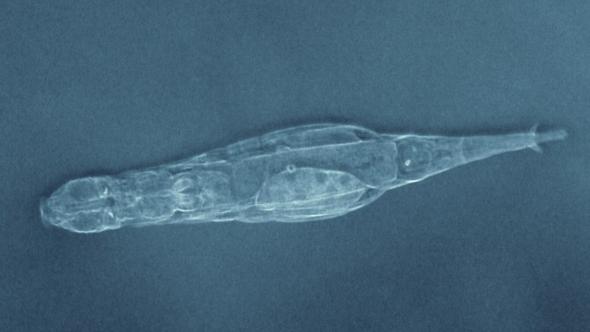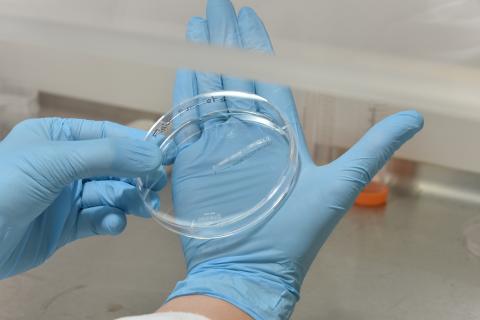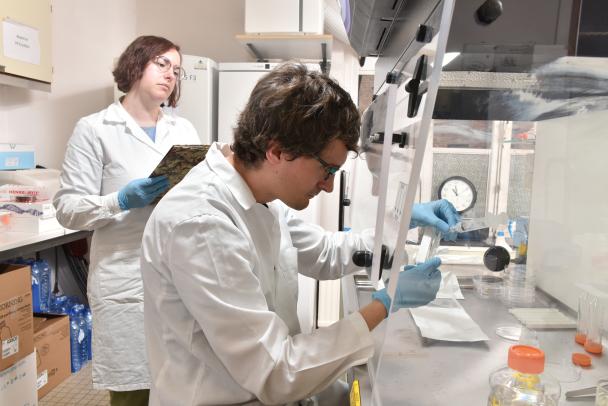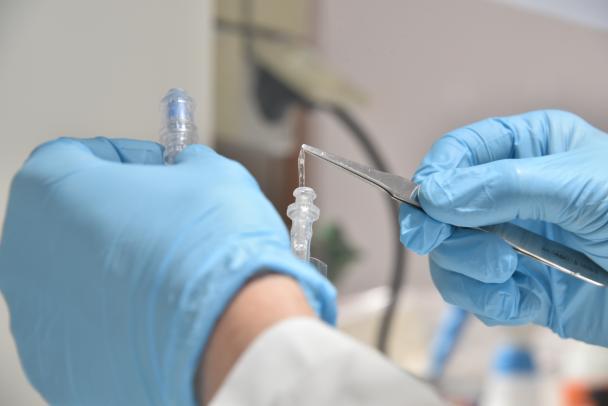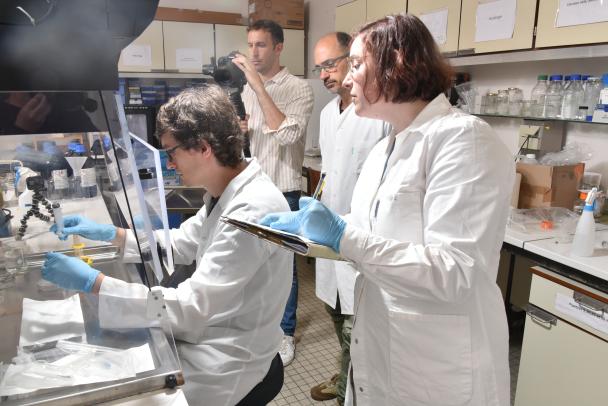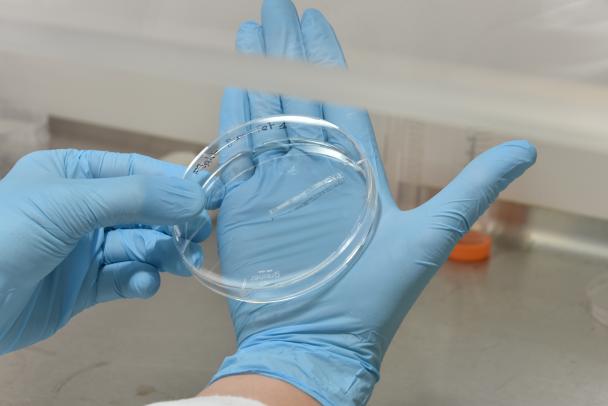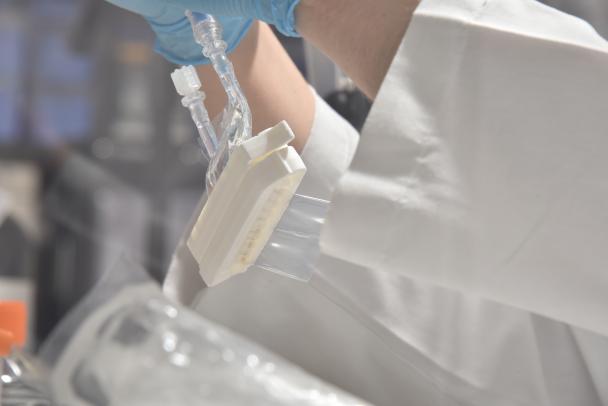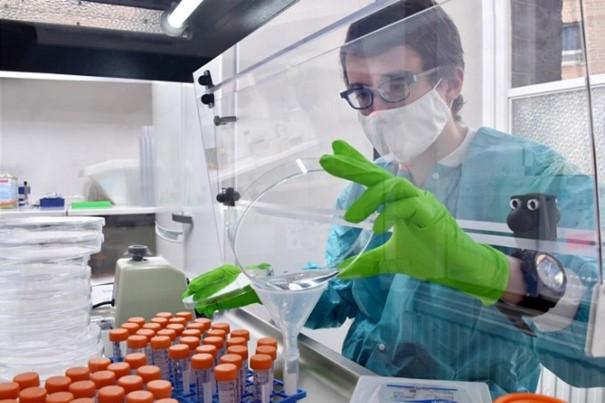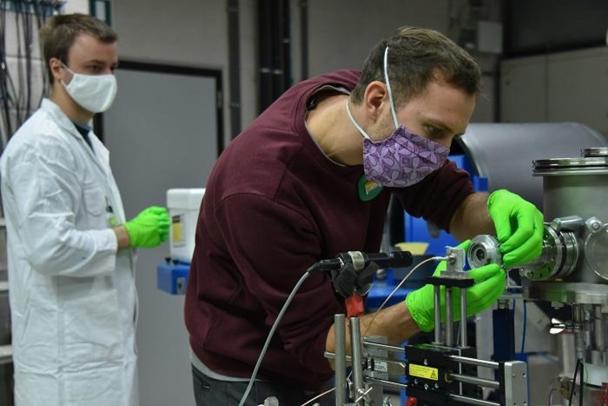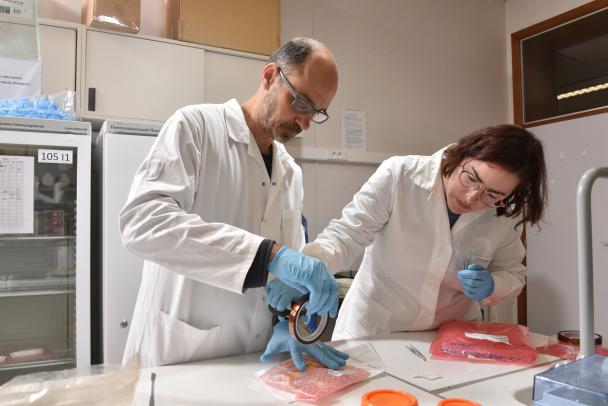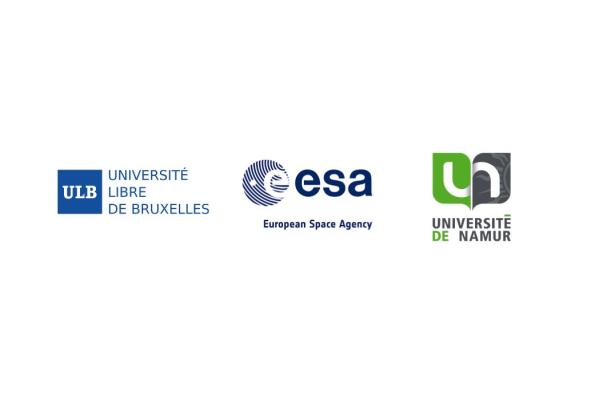In recent years, there has been renewed interest in manned spaceflight, particularly to the Moon and, eventually, to Mars. These adventures fascinate, but also pose a challenge for today's and tomorrow's astronauts. Indeed, many challenges await them: high levels of radiation that can induce cancers, microgravity impacting physiological processes, life in confined space, the psychological challenges of distance from Earth, etc. Space is not a suitable environment for human beings. In order to prepare for flights to distant destinations, it is crucial to better understand how living organisms can adapt to this very special environment. Rotifers, with their multiple resistance characteristics, have previously been selected by the European Space Agency (ESA) as an organism of interest to investigate these questions.
In 2019, an initial experiment investigated the impact of a flight aboard the International Space Station (ISS) on gene expression in the bdelloid rotifers Adineta vaga. The results, which demonstrate the modification of certain key genes in DNA repair and resistance to ionizing radiation, will soon be published. A second experiment, launched in 2020, focused on the ability of rotifers to rehydrate and repair their DNA in the ISS environment. Results currently being analyzed confirm the unique ability of these organisms to repair their DNA in this particular environment.
